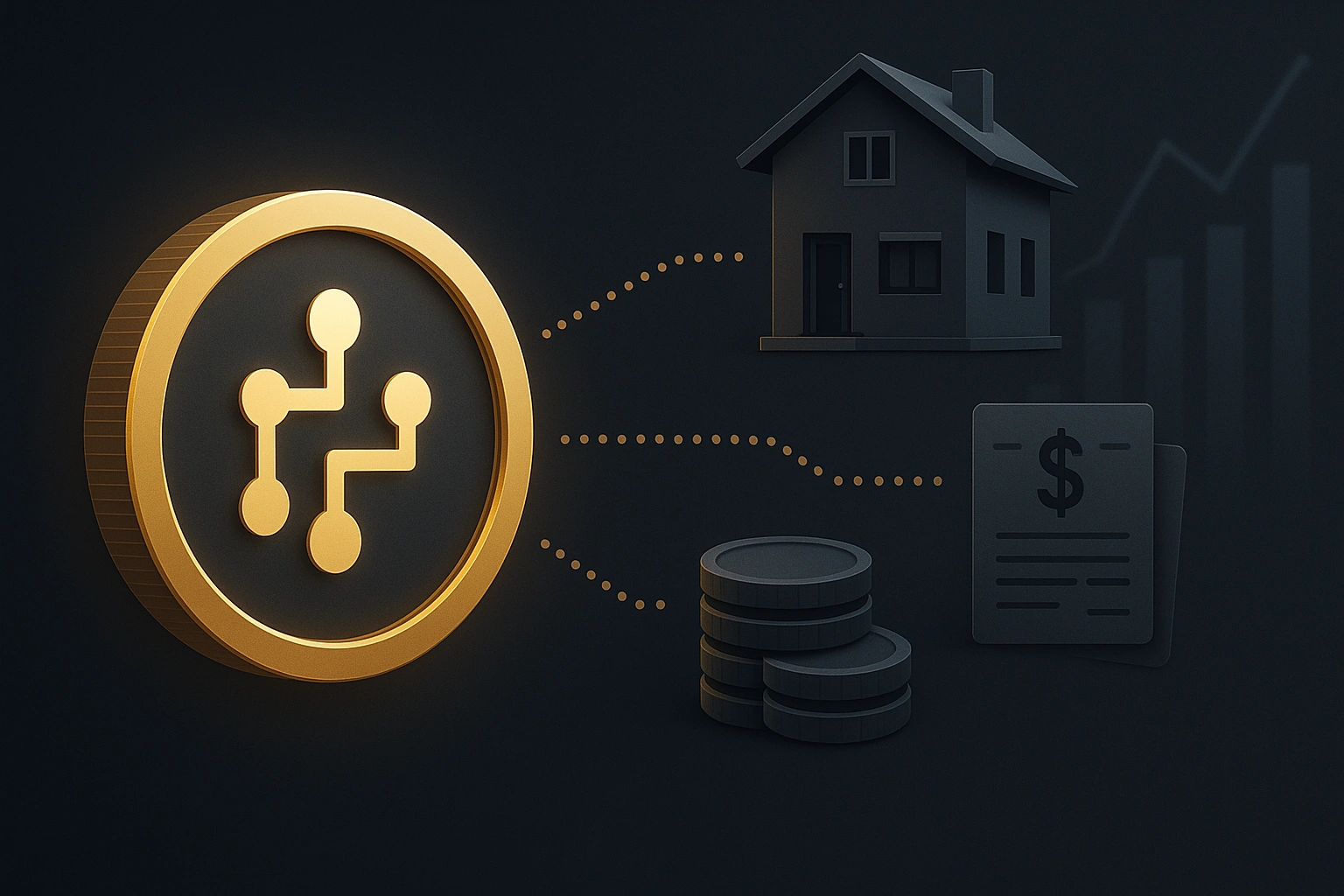Поскольку рынки становятся все более быстрыми и сложными, многие трейдеры обращаются к автоматизации. Но что такое алгоритмическая торговля и как она на самом деле работает в реальных финансах? В этом руководстве будут объяснены основы алгоритмической торговли, показано, как создать торговый алгоритм, рассмотрены реальные варианты использования и дан ответ на важнейший вопрос: прибыльна ли алгоритмическая торговля?
Что такое алгоритмическая торговля?
По сути, алгоритмическая торговля относится к использованию компьютерных программ для совершения сделок на основе заранее определенных правил. Эти алгоритмы анализируют рыночные данные, определяют торговые возможности и выполняют заказы на покупку/продажу — часто за миллисекунды.
Большинство финансовых учреждений и хедж-фондов используют этот метод, но с появлением новых платформ даже отдельные трейдеры изучают его что такое алгоритмическая торговля чтобы получить конкурентное преимущество.
Как работают торговые алгоритмы?
Чтобы понять как работают торговые алгоритмы, представьте себе такой сценарий:
- Трейдер разрабатывает правило: покупайте акции, когда их 10-дневная скользящая средняя превышает среднее значение за 30 дней
- Алгоритм отслеживает это состояние в выбранных активах
- При срабатывании сделка совершается автоматически — никаких ручных действий не требуется
- Алгоритм также может включать контроль рисков (например, стоп-лосс, размер позиции)
Алгоритмы могут одновременно обрабатывать тысячи точек данных на разных таймфреймах и на разных ресурсах, что люди просто не могут сопоставить.
Как создать торговый алгоритм
Если вам интересно как построить торговый алгоритм, вот пошаговая разбивка:
1. Определите стратегию
Начните с четкой стратегии, основанной на правилах (например, динамика, восстановление среднего значения, арбитраж). Вначале избегайте слишком сложных моделей.
2. Выберите платформу или язык
Популярные языки для построения алгоритмов включают Python и R. Платформы, такие как MetaTrader, QuantConnect и Alpaca, также поддерживают разработку алгоритмов.
3. Закодируйте логику
Переведите свои торговые правила в код. Например:
if short_ma > long_ma:
place_order('BUY')
4. Протестируйте стратегию на практике
Используйте исторические данные, чтобы увидеть, как алгоритм работал бы. Остерегайтесь переоснащения.
5. Развертывание и мониторинг
После тестирования запустите алгоритм в реальной или смоделированной среде. Регулярно контролируйте производительность и при необходимости вносите коррективы.
Зная как построить торговый алгоритм речь идет не только о программировании, но и о разработке продуманной стратегии, управлении рисками и постоянной оптимизации.
Выгоден ли алгоритмический трейдинг?
Ключевой вопрос для любого трейдера: прибыльна ли алгоритмическая торговля?
Ответ — да, но только при соблюдении правильных условий:
- Стратегия должна быть надежной, а не перегруженной
- Скорость выполнения и инфраструктура важны
- Непрерывный мониторинг необходим
- Необходимо учитывать затраты (сборы, проскальзывание)
Розничные трейдеры могут добиться хороших результатов, особенно при использовании более простых моделей, таких как отслеживание тренда или арбитраж. Но стабильная прибыльность требует дисциплины и способности адаптироваться.
Заключение
Итак, что такое алгоритмическая торговля В самом деле? Это способ масштабной, быстрой и точной реализации стратегий. Как только вы поймете как работают торговые алгоритмы, вы можете начать изучение как построить торговый алгоритм с учетом ваших целей.
И прибыльна ли алгоритмическая торговля? Это возможно — при наличии правильной стратегии, инструментов и мышления. По мере того как технологии меняют финансы, алгоритмические системы перестают быть опциональными; они приобретают все большее значение.




